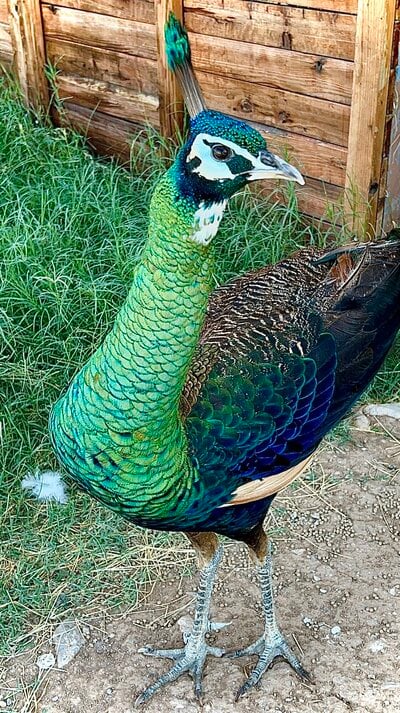Sarah Rackowski
In the Brooder
Hi everyone!
I'm an undergraduate student doing Research with the Cornell Lab of Ornithology on naturalized hybrid peafowl in Southern Florida to better understand the ecology of introduced and invasive bird species. Part of the project is proving that the population of birds in question are indeed hybrids through visual means, which is where I need help from you!
If you keep adult male spalding peafowl, I humbly request photos of them in order to compare with feral individuals! Photos ideally have a good view of the bird's facial skin, crest and wing. If you know the birds's ancestry (recently cross between green and blue, backcross or splaying x spalding cross) add it, Also let me know how you would like to be credited for providing data (name, attached to the photo or DM'ed to me, or as an anonymous contributor) to be included in a paper if this research ever gets published.
Thank you for your help in advance!
Sarah
I'm an undergraduate student doing Research with the Cornell Lab of Ornithology on naturalized hybrid peafowl in Southern Florida to better understand the ecology of introduced and invasive bird species. Part of the project is proving that the population of birds in question are indeed hybrids through visual means, which is where I need help from you!
If you keep adult male spalding peafowl, I humbly request photos of them in order to compare with feral individuals! Photos ideally have a good view of the bird's facial skin, crest and wing. If you know the birds's ancestry (recently cross between green and blue, backcross or splaying x spalding cross) add it, Also let me know how you would like to be credited for providing data (name, attached to the photo or DM'ed to me, or as an anonymous contributor) to be included in a paper if this research ever gets published.
Thank you for your help in advance!
Sarah
Last edited:




